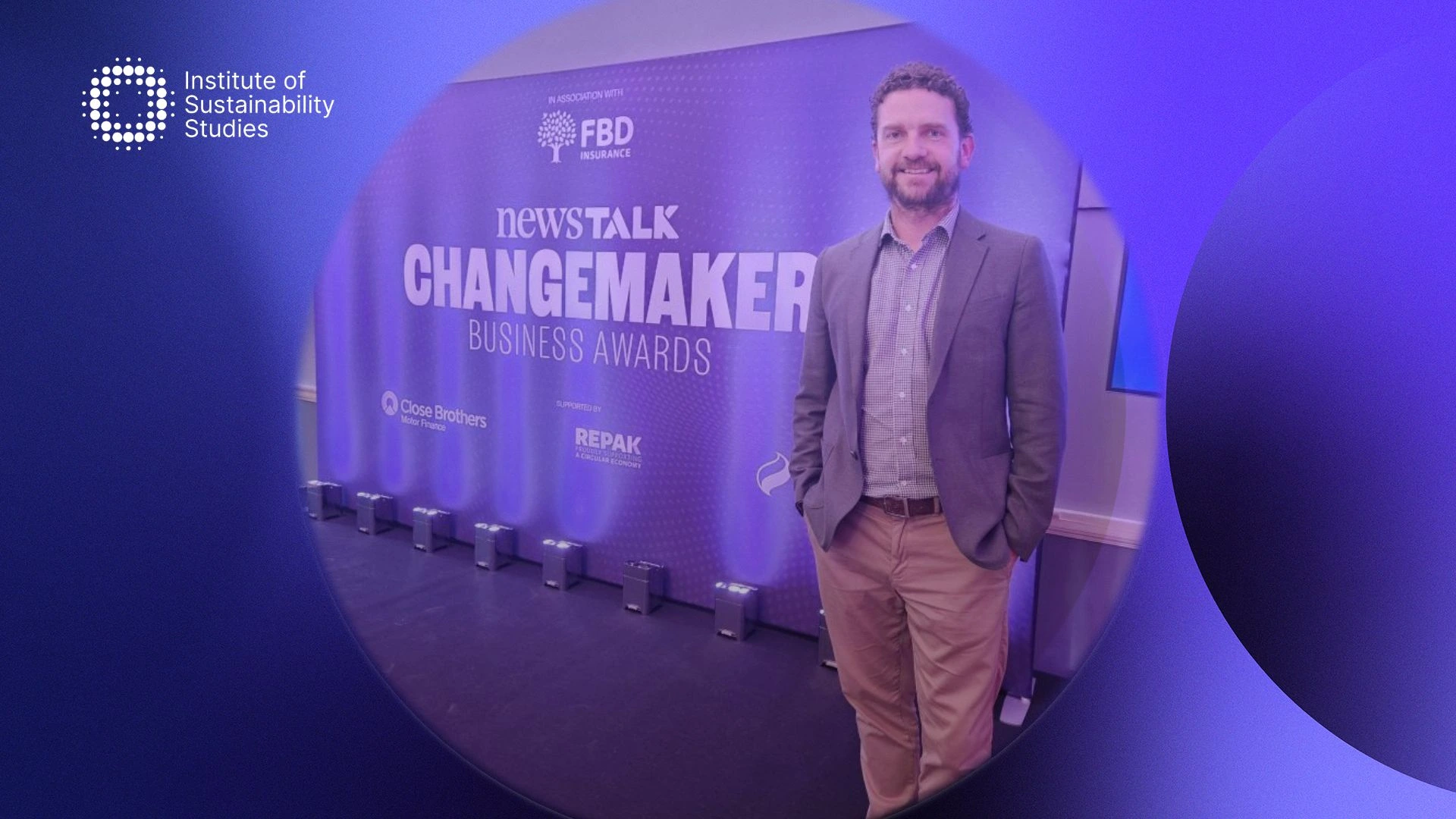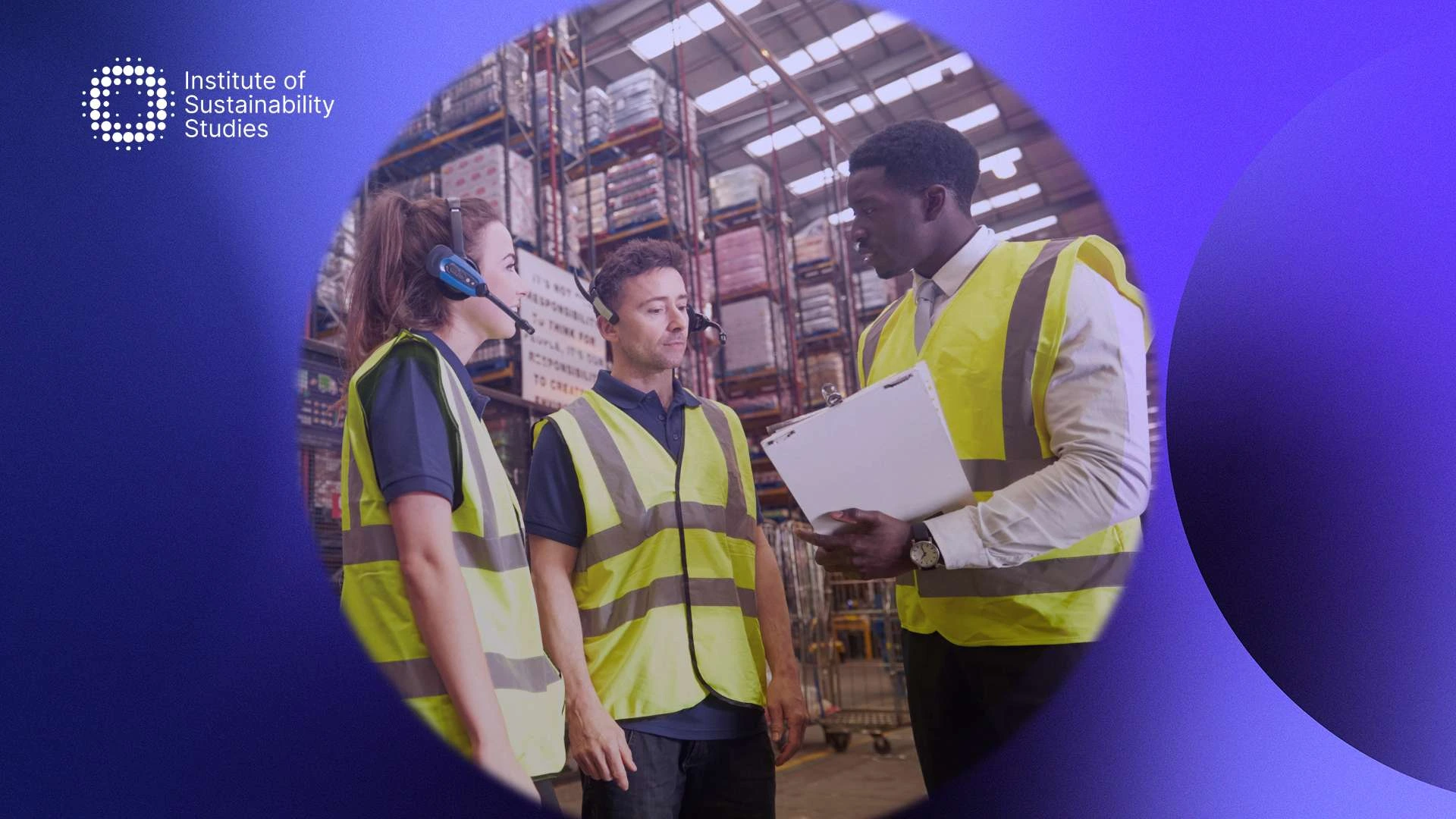While the world is becoming more eco-conscious, there still remains confusion about what items go in which bins, highlighting a gap in sustainability education. One area that creates the most confusion is electronic waste or as it is also known, e-waste. Putting the wrong items into the incorrect bin can cause contamination. However, the effects of placing electronic waste in your home recycling or general waste bin are much more significant.
This is because e-waste can be toxic because electronics often contain harmful chemicals. These chemicals are not an issue when the products are being used, but once the items are discarded and broken down, the harmful chemicals leach into the local environment. The hazardous substances in question include mercury which threatens environmental and human health. Keep reading as we explore what goes in the blue recycling bin and better recycling practices for e-waste.
What is e-waste?
The UN estimates that in 2021, e-waste production worldwide reached a staggering 57.4 million tonnes, with each individual contributing an average of 7.5 kg, posing significant environmental risks. E-waste refers to electronic products that are no longer working, unwanted, or coming to the end of their life cycle. This includes televisions, computers, stereos, printers, and VCRs that no longer serve a purpose or are discarded. There has always been a challenge surrounding how to best dispose of unwanted and used electronics.
This challenge dates back to the 1970s but things have changed a lot since then, with the number of electronics being thrown away today. ‘Digital rubbish’ as it is often coined is particularly dangerous because of the harmful chemicals that naturally leach from the metals inside when buried. There has never been more e-waste than ever before thanks to the continuous technological advancements. E–waste is no longer deemed products that have become obsolete or stopped working.
The Environmental Protection Agency (EPA), estimated that in the US nearly 60 million tonnes of e-waste finds its way into landfills each year. These electronics are safe to use above ground, the main problem is when they are disposed of. The majority contain some form of harmful materials like mercury, beryllium, lead, and cadmium. These toxic chemicals pose negative effects on our environment, to our water, air, soil, and wildlife.
Once e-waste gets buried in landfills, it can dissolve in microscopic traces. Eventually, these traces pool into the ground under landfills and show up in the groundwater. The issue is that there are so many traces of e-waste that have gathered over the years. The harmful water under the landfill does not simply stop beneath the landfill but continues to the groundwater and to sources of all the freshwater in the surrounding areas.
Since electronic waste contains such harmful components, it is also dangerous to human health. The negative health effects of components like lead, mercury, barium, and lithium could include heart, liver, kidney, brain, and skeletal system damage. Additionally, they can affect the reproductive and nervous systems of the human body, resulting in birth defects or other diseases. E-waste is a growing issue, which is why we must address it urgently by putting better management measures in place.
What goes in the blue recycling bin?
Depending on where you live, your recycling bin may be blue or green. With the increased focus on sustainability, the importance of recycling cannot be understated. However, there is still a lack of certainty surrounding what goes in each bin. Whilst we know paper can be recycled, many are a bit confused about how to correctly handle e-waste.
To help you understand where to dispose of e-waste, we’re sharing what goes in the blue recycling bin. There are many different things you can put in your blue recycling bin like drinking cans, plastic soda bottles, boxes, paper, and washable containers. Some examples of waste that cannot be put into the blue bin include sanitary items, nappies, foil, contaminated food, clothing, batteries, and electronics.
Some smaller electronics can be recycled in home bins. However, they must be placed into a bag before being put in the bin. In saying that, it is important to check with your bin provider as the vast majority do not allow electrical items. Those who wish to recycle unwanted electronics need to visit a recycling centre to correctly dispose of them.
The main reason for this is that electronics can release toxic chemicals, which present risks to the planet, animals, and human health. You’ll find a full guide of what goes in each bin on your provider’s website. Sometimes, the bin companies also include a protected printout, which they attach to the lid of your bin to help you determine what items are best suited to each bin.
How to recycle e-waste
Now that you understand how to recycle e-waste, let’s talk about better e-waste recycling practices you can adopt. The business case for correctly disposing of e-waste couldn’t be more apparent.
Never put e-waste in the general bin
It is important to first note that under no circumstances is e-waste ever acceptable to place in the general waste bin. Mobile phone recycling and disposal of electronic items should be tackled slightly differently from traditional waste. When it comes to disposing of e-waste correctly, you must take it to a designated collection point. This is often a specific recycling bin, a large electronics retailer, or a certified collection site.
The first step in better managing the e-waste recycling process is collecting these items through take-bake programs, recycling bins, collection points, or on-demand collection services. The mixed e-waste is then sent to specialised electronic recyclers. This is where the e-waste is divided by type and is a critical step because extra handling can cause significant damage if combined with other waste.
Educate your employees why recycling e-waste is an important issue to address
Before you even get into better recycling practices for e-waste, you should begin by educating your employees about why recycling e-waste is such an important move. It shouldn’t be assumed that everyone understands the extent to which e-waste has become an issue and how it impacts the planet.
Therefore, teach them about it using the information readily available including latest local statistics. Understand the regulations and rules in your local area and create an e-waste company policy. Then, encourage them to get involved in implementing these responsible waste management practices.
Implement electronic waste recycling drop-off centres in your office
Another positive action you could implement to better manage e-waste is setting up recycling drop-off centres in your office. In other words, if you are keen to get your employees to engage in your e-waste management plans, you need to make it easy for them.
Setting up these centres does precisely that. Tell them to drop their electronic waste in the designated bins in the office and allow them to place their personal e-waste in too, to further inspire the electronic waste disposal outlook.
Create circular IT strategies to extend the product’s lifespan
We desperately need to move to a more circular economy. Moving from the traditional linear economy is all about designing to reuse and reduce waste. Not to mention, extending the useful life of materials and products to reduce the impact on the planet.
This same process can be applied to electric products whereby manufacturers and producers work on extending the product’s lifespan and utilising materials that can be recycled and reused. Some manufacturers may also offer e-waste recycling programmes or upgrading schemes whereby they take your old equipment and reuse the parts.
Join forces with upcycling businesses
One way to be more eco-conscious when it comes to electronic waste is upcycling. Business owners and companies generally have high-tech turnovers. If you upgrade the company laptops and mobile phones annually, chances are there is still a level of usability to the products.
Therefore, it could be useful to someone so that rather than discarding it, partner with some upcycling businesses that upgrade and refurbish secondhand tech items. Never throwing something away that can be reused is at the heart of sustainable recycling. This is also a way to save money and maintain a lower budget for new tech.
For refurbished products that cannot be used within your company, consider donating them to charitable organisations that distribute them to those in need, such as underprivileged children in local schools.
Summary
There are a lot of questions surrounding how to best manage electronic waste. Unfortunately, placing e-waste in the wrong bin can result in contamination, but it also has serious impacts on human and animal health and our planet. However, by being more mindful of where e-waste ends up and its impact on the Earth, you can better manage it in your business. Similar to how the circular economy works, it is all about limiting how much electronics you produce.
For those businesses that cannot reduce, they can focus on reusing, repairing, and properly recycling via electronic suppliers, manufacturers, and retailers. If you want to build a more responsible business, it all starts with better waste management, and e-waste is an important area to prioritise.










